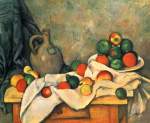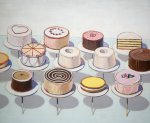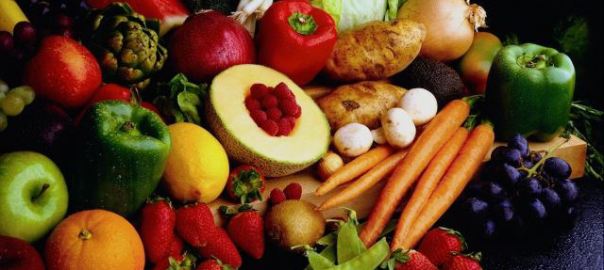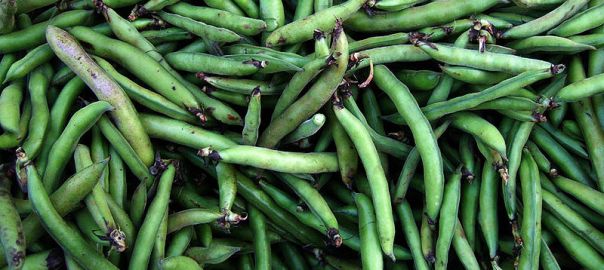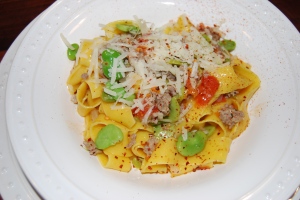In my post on eating dinner with my teens I owned up to sometimes cutting corners by ordering pizza for dinner. During a recent interview with the group Thriving Schools I also referred to surviving the work-kid juggle by ordering pizza. I was asked about the wisdom of these admissions. Perhaps @KPKiddoc should be putting a healthier face on her slice of life?
Let’s face it – pizza is everywhere. Hard to raise kids without pizza. Schools serve it often. Every soccer team party features pizza. And yes, tired working moms depend on it. Pizza can indeed be a nutritional nightmare. Given this and its ubiquitous nature, it is not surprising that I might be warned to appear more health conscious.
We want to feed our kids well. We are looking out for tips on how to do so; a google search of “is pizza healthy?” generates 132,000,000 responses. My answer is yes – it can be. Here’s how:
Have just one or two pieces. One piece is more than enough for a small child; consider cutting it in half. Two pieces are sufficient, even for my athletic teens. At the dinner table discuss the concept of moderation with your kids.
Fill the rest of their plate with salad.
Have a whole wheat crust. And definitely don’t “stuff” it.
Order or use less cheese. You can order extra cheese right? (don’t do it!) Turns out you can order less cheese also.
Skip the meat. Your kids will be happy with pizza – they don’t need to pepperoni to bribe them into eating it… just say no.
Add veggies. Same concept – kids like pizza enough that they usually will choke down some veggies with it. If not – that’s what the salad is for.
Skip the fast food restaurant version.
Make your own. Ok, not for a night when you are tired but – definitely a fun family project. Try this healthy recipe from 9-year-old Kayla Wayman of Montana.
Given that 93% of Americans eat pizza once a month, 3 billion pizzas are sold annually in the U.S. and 350 slices of pizza are eaten each second – it seems that our love affair with this meal is here to stay. Let’s just work to make it a healthier message for our kids.
In Napoli where love is king
When boy meets girl
Here’s what they singWhen the moon hits your eye
Like a big pizza pie, that’s amore– Jack Brooks









